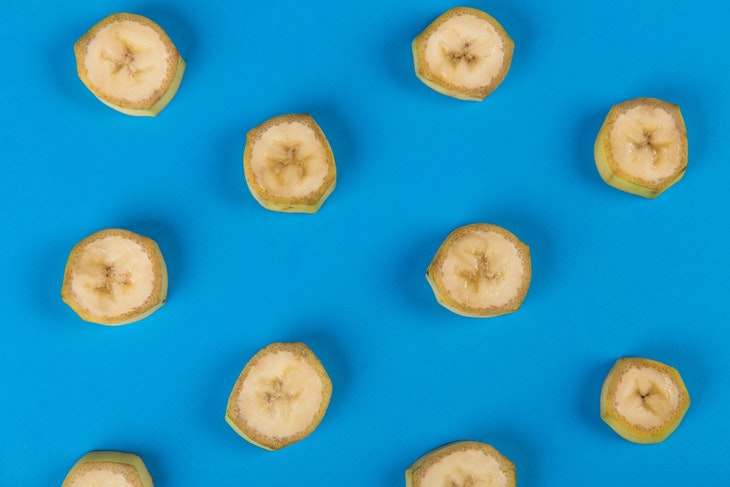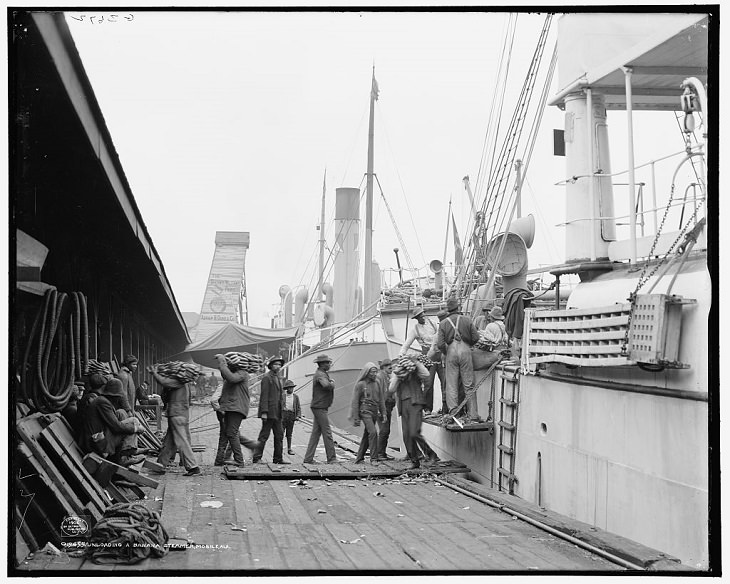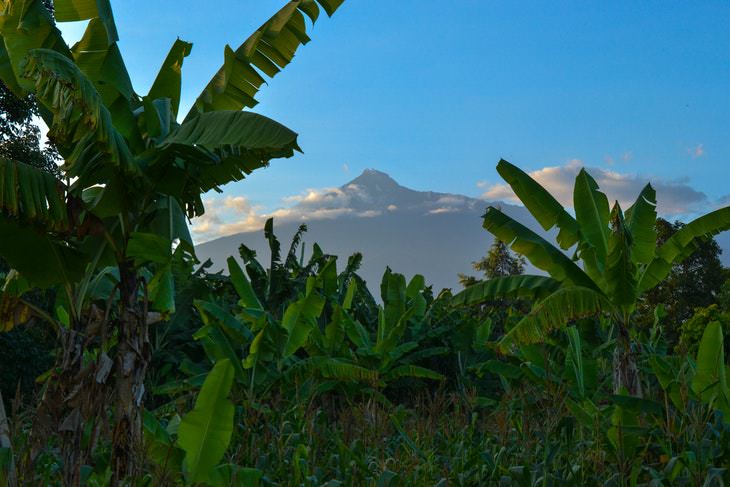After reading the introduction, you may start to wonder how many banana species there are... We know of a thousand banana species grown commercially throughout the world, but over half of all the bananas sold worldwide belong only to one species, the Cavendish.
There are many reasons why we love the Cavendish so much, but taste isn’t the main one. In fact, the main advantages of the Cavendish are that it’s cheap to produce, resistant to disease, sturdy and doesn’t ripen fast. All of these features make it very convenient to manufacture and ship worldwide, which makes this fruit very affordable and accessible to the consumer.
And boy this made the banana widespread, with over ⅔ of American consumers adding the fruit to their shopping carts every week. But the popularity of bananas didn’t start with smoothies, banana pudding, and the Cavendish, it began in the early twentieth century when its predecessor, the Gros Michel, was first imported into the United States from the Caribbean.
With some quality advertising and an accessible price, bananas became a household staple by the 1930’s. Little did we know, Big Mike, as Americans affectionately called the Gros Michel, was doomed. Panama Disease, a type of fungal parasite deadly to many banana species wiped out the majority of banana plantations in the 1950’s, and by the 1960’s, the Gros Michel was nearly extinct.
Luckily, we had a backup plan, or rather, a backup banana, the Cavendish, which was just as cheap and convenient to produce, but significantly more resistant to the fungus, though somewhat different in terms of taste. Ever since the Cavendish became the most-manufactured species on the market, and the banana you likely have in your kitchen right now.
Unfortunately, it too has become increasingly susceptible to disease, and banana plantations worldwide are now threatened by two different fungi: Panama Disease and the Black Sigatoka. But how could these fungi spread and devour entire plantations so quickly?
There are a few reasons for this, and poor farming practices is one major flaw, experts point out. The problem with banana plantations is that they are grown as monocultures, meaning that the entire field is covered with the same species of the fruit, making it more susceptible to disease.
What complicates the situation, even more, is that Cavendish bananas multiply asexually, which basically means that each banana has an identical genetic code, making it even easier for the deadly fungus to destroy multiple plants.
The combination of these two factors make it extremely easy for disease to spread from plant to plant, which results in entire fields being wiped out in a blink of an eye, and these contaminated fields cannot be replanted, at least for a while.
As of 2019, plantations in nearly all major exporting countries (Asia, South America, the Caribbean) and even Florida have been affected by either Black Sigatoka or Panama Disease. This means that the Cavendish species may become extinct and very soon, we might not be able to buy our favorite fruit anymore.
The only viable solution experts suggest is to diversify the types of banana species we grow on plantations, which should make the plants more resistant to disease. Abandoning this monoculture-type farming practice would mean an increase in price for the consumer, but it’s still our best bet if we want the banana to stick around.
Consumers can encourage these novel growing practices by buying other types of bananas or choosing to pay extra for sustainably-farmed bananas. In the end, even if we end up losing the cheap and accessible Cavendish, it may enable us to enjoy some of the other, potentially even tastier or healthier, bananas.
Below is a bonus video showcasing some of these more exotic banana varieties, such as bright blue or red bananas.




